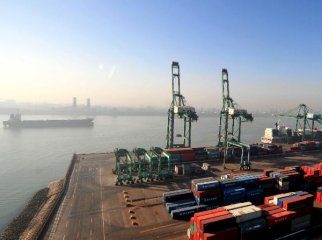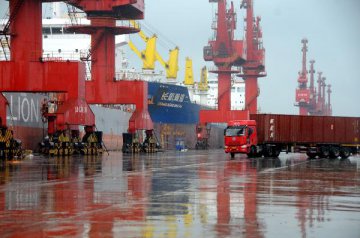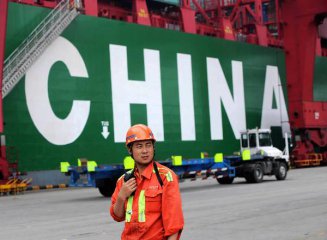
An official on Thursday blasted reports saying China's growth might be overvalued, warning that the use of unofficial methods and incomplete data fail to give a complete picture. When calculating the growth speed of China's value-added industrial output, some China observers used the weighted average method (WAM), which only counts some industrial output, deputy head of the National Bureau of Statistics (NBS) Xu Xianchun said in a statement.
WAM does not result in accurate data because it only samples a few products, including coal, oil and steel, and fails to reflect the quality improvement of products. The NBS on Tuesday released the major economic indicators for December and all of 2015. China's economy grew 6.9 percent year on year in 2015, the slowest annual expansion in a quarter of a century, while growth in the fourth quarter came in at 6.8 percent year on year, the lowest quarterly rate since the global financial crisis.
The naysayers also underestimated the rapid development of the service industry, including the financial sector and the Internet, since the new millennium, thanks to improved labor productivity, Xu said. Xu noted that to improve transparency China has used the Special Data Dissemination Standards (SDDS) system, which was created by the International Monetary Fund (IMF), since October 2015.
The SDDS is used by IMF members that have, or are seeking, access to international markets in contrast to the General Data Dissemination System, which applies to all IMF members. China's practice is in line with international standards, Xu said, and its data is accepted by international organizations including the United Nations, the World Bank and the IMF.























Latest comments